Description
Long Description:
A breadboard is an essential tool for building and testing electronic circuits, designed to simplify the prototyping process. It consists of a plastic board with a grid of interconnected holes, where components and wires can be inserted. The internal metal strips connect the holes in specific patterns, allowing electronic components such as resistors, capacitors, LEDs, and microcontrollers to form circuits without the need for soldering.
Breadboards are divided into two main areas: the power rails on the sides, typically used for distributing power (VCC and ground), and the terminal strips in the middle, where components are connected. The terminal strips are arranged in rows and columns, with connections typically running horizontally. Breadboards come in various sizes, from small half-size boards to larger full-size ones, making them adaptable to a range of project needs.
Because breadboards are reusable and components can be easily inserted and removed, they are ideal for prototyping and experimenting with circuit designs. They are widely used in education, electronics development, and hobby projects, particularly when working with platforms like Arduino, Raspberry Pi, or other microcontrollers. Breadboards allow users to quickly test and modify circuits without the commitment of a permanent setup.

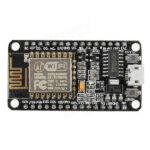
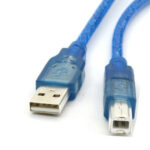
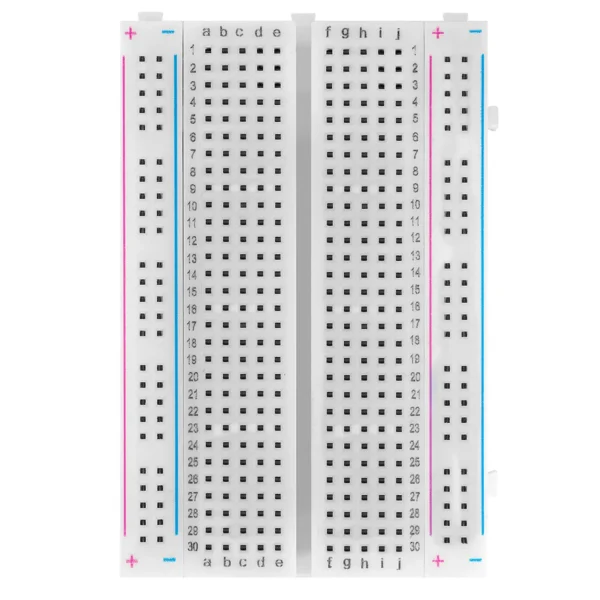

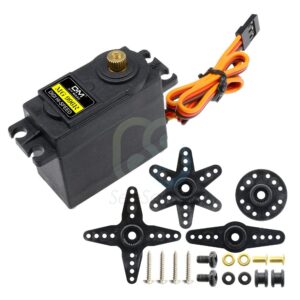

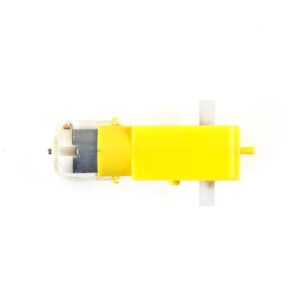

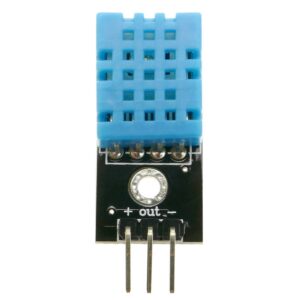 DHT-11
DHT-11
Reviews
There are no reviews yet.